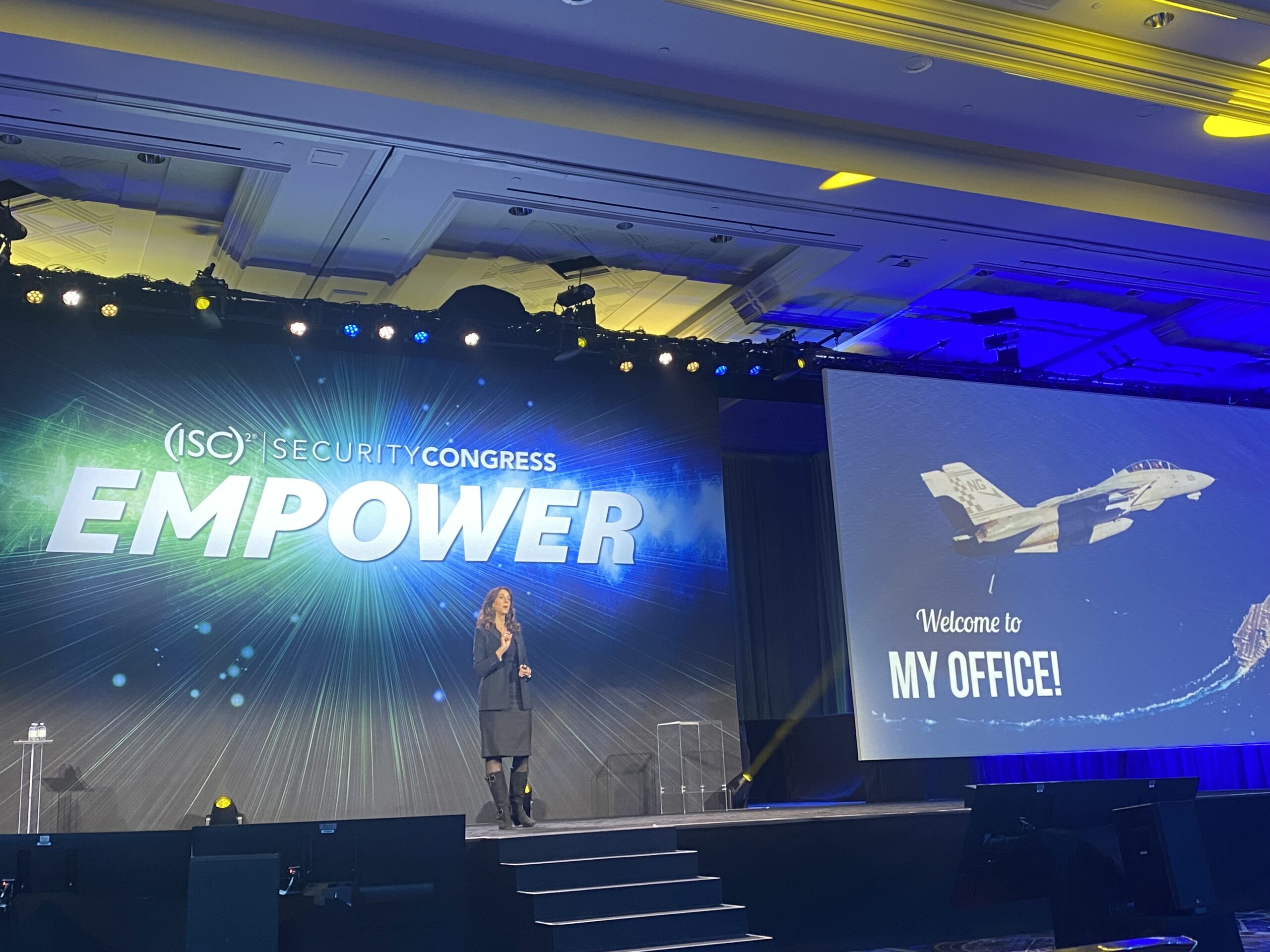In an era of escalating digital threats, cybersecurity leadership resilience has become the defining factor between organizations that simply won’t survive. Trust—hard to build, easy to lose, and requiring daily effort to maintain—forms the foundation of this resilience. Trust isn’t just an abstract value—it’s the cornerstone of effective defense.
The Courage to Lead
Building cybersecurity leadership resilience begins with courage—not something you can summon only when convenient. Like a muscle, it must be exercised every day. It begins with a decision: to step into the arena, take initiative, and drive action. Whether implementing advanced AI-driven systems, or pushing for critical changes in a resistant boardroom, these first steps matter.
Fearless leaders understand that bold, decisive action drives success. If you don’t take that first step with confidence or accept the challenge to speak uncomfortable truths, how can you expect your organization to trust your leadership when it matters most?
Building High-Performing Teams
In the world of fighter pilots, the stakes are clear: life or death. While the consequences in cybersecurity may differ, the parallels in mindset and preparation are striking. High-performing teams demonstrate resilience not by avoiding stress, but by building systems and cultures that turn stress into a catalyst for focus and action.
Cybersecurity leaders bear the heavy weight of protecting sensitive data, ensuring operational continuity, and maintaining trust in the face of relentless threats. These teams are the unsung superheroes defending against invisible adversaries that are often hard to identify.
Creating a Culture of Trust
An organization’s culture is its invisible backbone, dictating how teams collaborate, communicate, and respond under pressure. When trust permeates the culture, employees are more likely to report potential threats, share insights, and adhere to best practices.
Leaders must encourage open dialogue, reward proactive behavior, and emphasize every team member’s role in safeguarding the organization. A weak culture breeds complacency and silos—two of the greatest vulnerabilities in cybersecurity.
The Power of the Debrief
Fighter pilots rely on the debrief to improve performance after every mission. When a threat is detected or a breach is narrowly avoided, don’t just breathe a sigh of relief. Ask:
- What indicators were missed, and why?
- Were our response times sufficient?
- How did our partnerships and systems perform under pressure?
- What can we do better to ensure future success?
Debriefs aren’t about blame; they’re about building resilience. They provide clarity and actionable insights, empowering teams to face the next challenge with greater confidence.
Leveraging Partnerships
No leader can—or should—do it alone. Great partnerships are critical to overcoming cybersecurity challenges. This requires humility to admit you don’t have all the answers, and the trust to lean on experts who do.
When you build a culture of shared responsibility, you’re creating a fortress of trust that stands strong under pressure.
The Path Forward, Becoming More Resilient
The challenges of cybersecurity demand bold, fearless leaders willing to take risks, ask tough questions, and lead with unwavering confidence. By embracing the mindset of a fighter pilot—focused, resilient, and unafraid to debrief and adapt—you can transform uncertainty into strength.
Success doesn’t happen by chance.
It’s the result of deliberate actions: daily efforts to build trust, courageous decisions in the face of adversity, and an unrelenting drive to improve.
When you combine smart risk management with a strong debriefing culture, you’ve got a recipe for success.
In the end, defending against invisible adversaries isn’t just about technology; it’s about trust, collaboration, and the fearless pursuit of resilience. So take a page out of the fighter pilot playbook: debrief, learn, and lead with confidence. The digital battlefield is always changing, but with the right mindset and tools, you can stay ahead.

Carey Lohrenz, author Span of Control and Fearless Leadership







